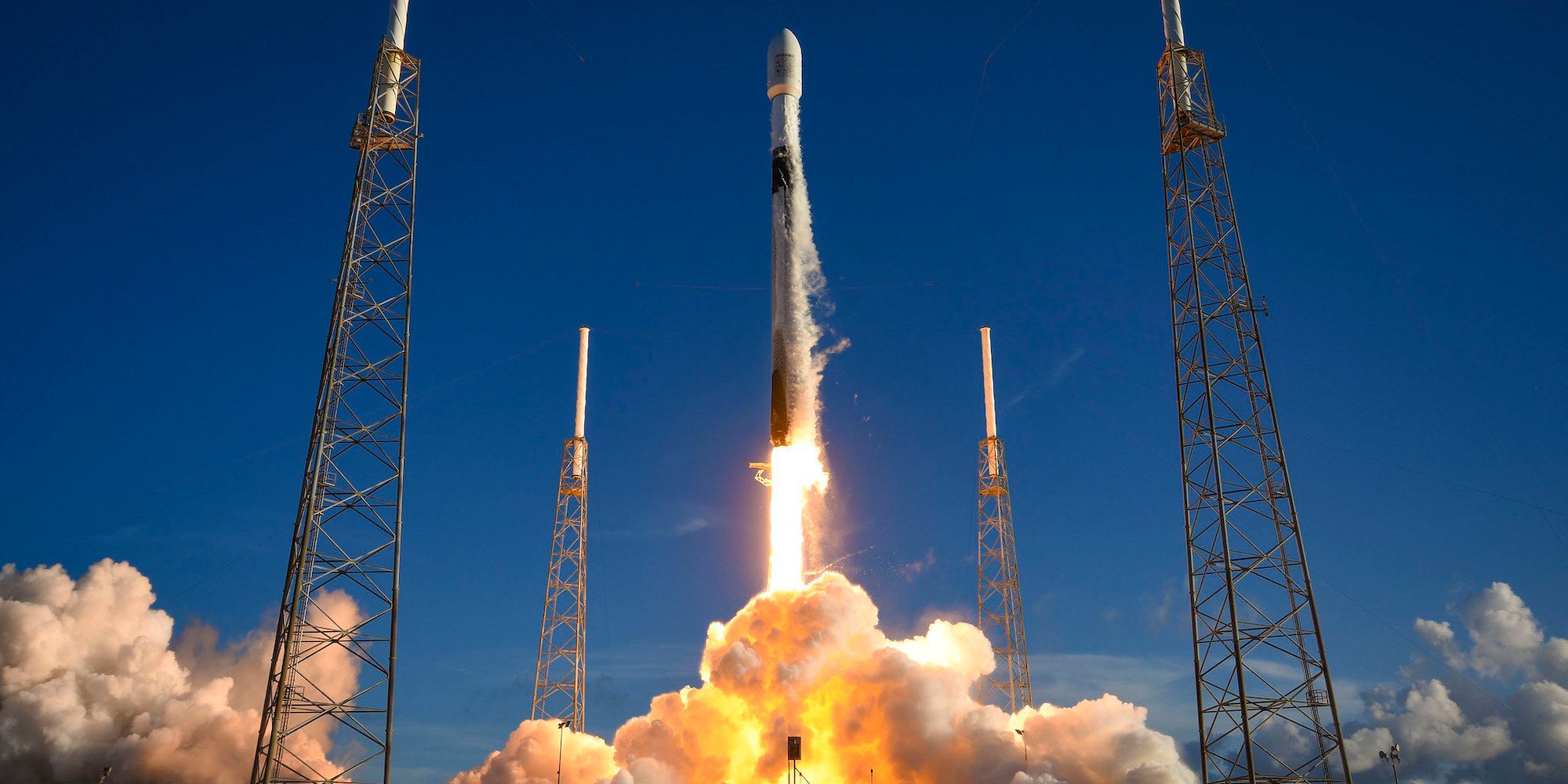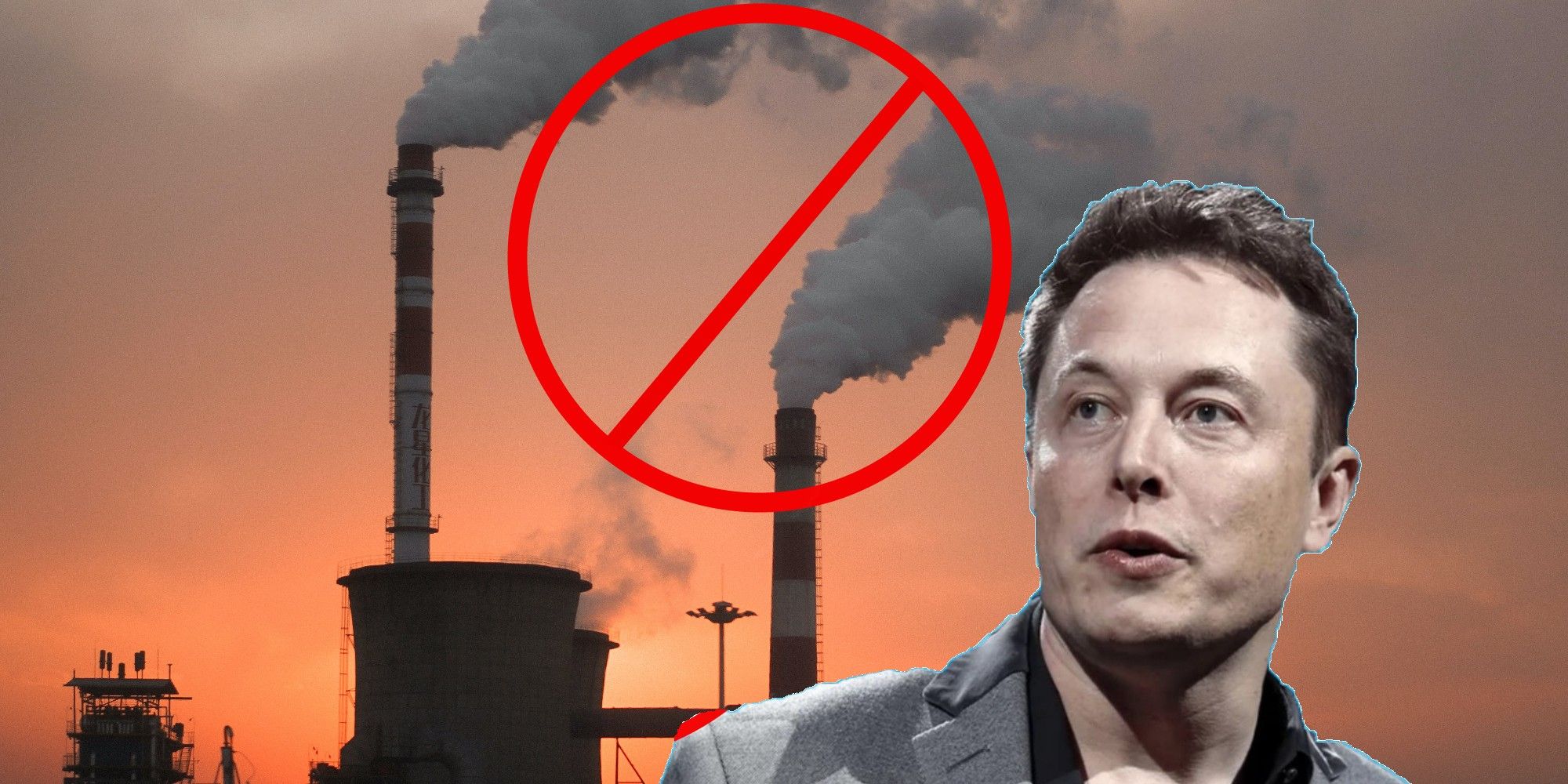Elon Musk is getting into the CO2 removal business as one of his attempts to alleviate the climate crisis and establish a colony on Mars. This new SpaceX endeavor is preceded by the launch of a $100 million contest to develop the best carbon capture technology. The interest in cutting carbon emissions from Musk's rockets raises eyebrows from climate experts. However, it is worth analyzing as it could make a positive environmental shift within the aerospace industry.
Scientific consensus has established a direct link between Greenhouse Gas (GHG) emissions from human activities and the rising average global temperatures. Rockets rely on chemical combustion to generate enough thrust and escape Earth's gravity. Falcon 9 rockets – which are SpaceX's workhorses – burn fossil-based fuel RP1 and liquid oxygen. RP-1, similar to kerosene, tends to produce a lot of soot particles, carbon dioxide, water vapor, and nitrous oxides, all of which are known for their heat-trapping properties.
Elon Musk made headlines in December 2021 by announcing his plans to start a program to capture carbon dioxide from the atmosphere and turn it into rocket fuel. The initiative comes in handy not just to offset SpaceX's own rocket GHG emissions, but because Mars' thin atmosphere is rich in CO2, and one of the biggest challenges of interplanetary travel is access to fuel. Converting water or carbon into rocket propellant would allow for roundtrips between planets, which is a key to achieving multi-planetary status.
How Carbon Capture Works
The technology that currently receives the most attention is called Direct Air Capture (DAC), and it uses chemical reactions to pull carbon dioxide out of the air. When air moves over these chemicals (liquid solvents or solid sorbents), they selectively react with and trap CO2, allowing the other components of air to pass through. Then heat is applied to release the carbon dioxide from its trap, making the chemical medium reusable for another capture.
A DAC plant in Iceland is the largest-scale implementation of this carbon capture method so far. In a report by MIT Technology Review, climate experts argue there are more immediate measures that should be prioritized, such as the transition to electric vehicles and decarbonization of electricity generation, instead of gambling with immature geoengineering technologies. The catch with DAC is that if it's used for making fuel, some carbon would be released back into the atmosphere, although it would still be "a more favorable substitute for more emissions-intensive fossil fuel," according to the World Resources Institute.
If the technology becomes more efficient and affordable, or a better technology arises from the XPRIZE contest, it would likely be a no-brainer for other aerospace companies to tag along and implement it both on Earth and Mars. While that alone is a minuscule step towards solving the climate crisis in what is currently our only home, it's not a bad idea for Elon Musk's rockets to clean up after themselves.
Source: Elon Musk/Twitter, MIT Technology Review, WRI


